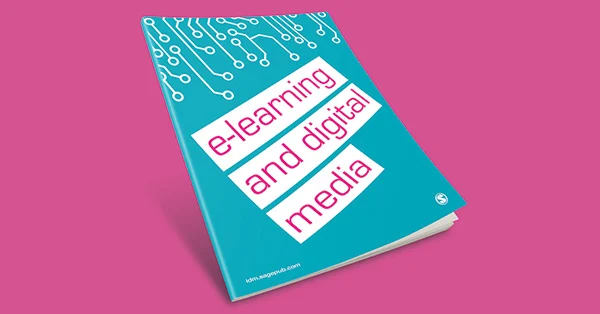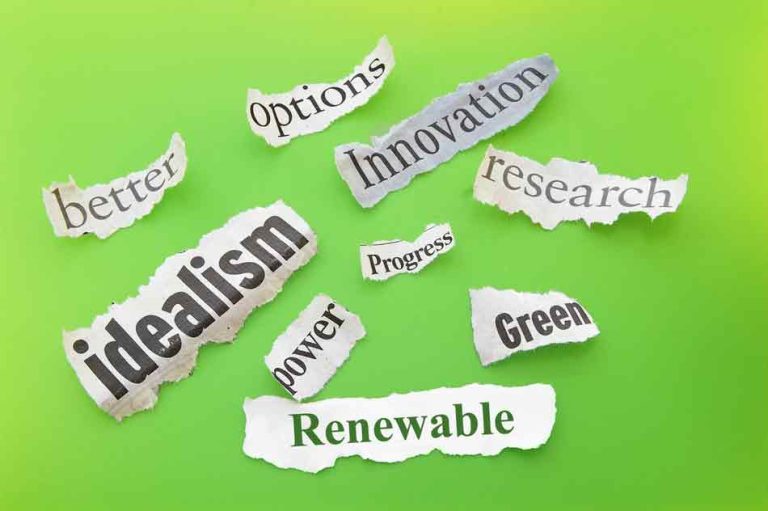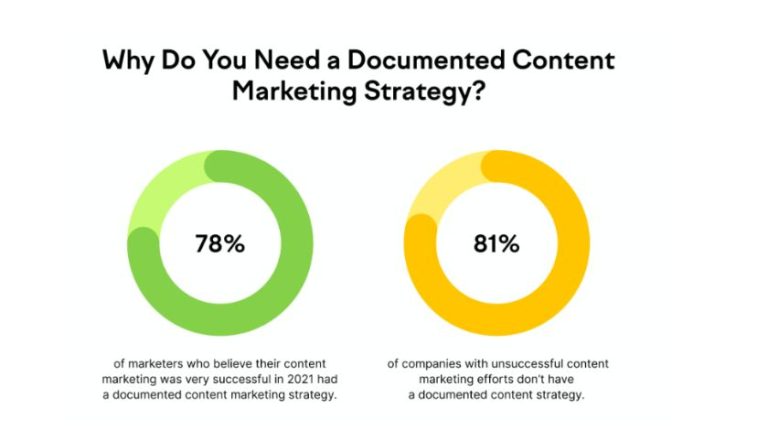Agile Methodology in Marketing
Agile Marketing was derived from the agile software development method, where the word “Agile” represents an effective (rapid and adaptive) response to change.
In simple terms, Agile Methodology Marketing is a strategy for improving the marketing process with speed and adapting to the change occurrence.
Let us suppose you want to start a business where you need software. You hired a software developer who claimed the result will be completed after a year. You get the software as you desired a year after; however, the features that implied on that software has now become less effective in the current market.
This is all because of the lack of agile methodology during the software creation. And if the agile methodology were applied during the development process, the software would be much more helpful and appreciated in the present market context.

Agile methodology marketing dominated all other business running methods some years ago. Every business wants quick changes and updates with the new environment. Everyone wants to be the latest story in the market.
Principles of Agile Methodology in Marketing
1. Response to Change
This is a primary principle of Agile Marketing; your content must adapt relatively to the new environment changes and responses. You will be left behind if you cannot update yourself on the present situation.
2. Repeating Approach
You should repeatedly approach and change the development process. And see what works great and tuning for the present instead of big bang Campaign approaches,
3. Testing data
The ready data must be tested with a proper opinion on how it works in real-time. It shouldn’t be just someone’s opinion whom you know or are familiar with, but try to gather negative opinions from the unknown testers as well.
4. Transparency
Digital Marketing is all about transparency and engagement with customers. Transparency builds trust and reliability with the clients for further processes and work.
5. Collaboration
Collaboration is another very important point for agile marketing. You should be connected with all your internal and external teams. It’s better to work as a team to complete the same work to produce a great result in days or weeks, not within a month or years.
Process of Agile methodology marketing
Before going towards the process of the agile method, let’s discuss some words on the Waterfall method. I hope you are well familiar with the word Waterfall method.
The waterfall method is the technique we were able to use for every development process. But honestly, this method is not perfect and reliable for long-term projects.
People are facing many problems and difficulties with the Waterfall method, which now leads to the innovation of the agile method that solves the problems of the waterfall method.
The waterfall model is a constant method where once the development step is completed, there is no possible way to update or edit that step all over again.
But after the arrival of the agile method, the whole system has changed upside down for a helpful result. Now, you can edit the mistakes you made in previous development steps.
The agile process breaks down the larger project into several small pieces for more convenient and iterative development.
Benefits of Agile method marketing in Business
Agile was introduced for the purpose of replacement of older methods for a positive result. After the agile in process, there are fewer challenges and difficulties.
The benefits that agile methodology brings with it are as follows:
1. Improves speed to market
There is a saying, “On the highway, speed kills, whereas, in business, slower is what it kills.” So, speed up as much as you are capable of. You have to catch up with the latest to survive in that environment. Otherwise, you will be left behind.
This agile method helps speed up your business activities without any flaws in marketing. Agile keeps you a step ahead on your business with a fluent speed.
2. Adapt and respond faster
Market changes are a dynamic process, and you find daily innovations. Your resources must be able to change and adapt to a new situation for running a marketing flow. There should be changes, and you should quickly react to the public markets.
After implementing an agile method to your business, you can adapt to the quick change in the external marketing climate and will successfully respond.
3. Increase business value
In the agile method, every member is related to the same process. Information passes freely since there are no silos.
Transparency in every member brings out the problem as well as the solution. Every problem occurrence is solved before heading toward the next step of the development process.
So, the business value increases gradually with every successful product progress.
4. Lowers the risk
As we discussed, the waterfall method in which the same process cannot be repeated after completion. Still, in agile, you can repeatedly change or edit any process until satisfied.
This reduces the risk because you don’t have to crash all of your efforts because of one small mistake you have made in the above process. The risk of failing the project reduces when applying the agile marketing methodology.
5. Improves the quality
We already know that agile provides the feature of repeated inspection of the processing time and again. This directly points towards improving the process, i.e., improving the quality.
Also, reviewing in a team means solving evolving problems and making the process even better and more qualitative.
Scrum in Agile Methodology Marketing
Scrum is taken as the framework of agile, originally proposed by Schwaber and Beedle. It is the most used framework and is found everywhere.
As per the study, estimated agile teams use scrum is 90%, where 12Million+ users are found daily.

Scrum contains its distinguishing features of working in a sprint, which means providing a small portion of your project to the client every 2-4 weeks of the gap for updates. In Scrum, development work is partitioned into “packets.”
As you continue constructing the project, testing and documentation go on. In Scrum, the meetings are usually short and sometimes conducted without chairs. Also, customers are provided with the time-box and demo.
Scrum has its features as well as principles; here are those six important principles:
1. Empirical process control
Empirical process control is the foundation of three pillars, i.e., Transparency, Inspection, and Adaptation. Here, every pillar supports the weight of empirical process control. Important processes should be transparent and visible to all team members and clients.
There shall be an inspection of every process with proper feedback. So, after every sprint, there is a sprint meeting with important people. Inspection removes the flaws of the project.
In the adaptation process, the scrum team practices transparency and inspection to gain the adaptation. Every pillar is dependent on one another for empirical process control.
2. Self-organization
Every team member should be responsible for the whole team’s success. This enables a space of shared responsibility among the team for proper communication and collaboration in their environment.
3. Collaboration
Team collaboration is very important in any project. Scrum believes that collaboration provides better and more qualitative results. During the scrum meeting, you should share every process transparently. And if any issue occurs, it can be solved easily.
4. Time-boxing
Time-boxing refers in the management of time while doing the project. It ensures that the team is not wasting their time. This method ensures the time limit for every process of development. Time-boxing helps in the completion of a project within a fixed time limit.
5. Value-based prioritization
This defines the steps you need to do now or later. Scrum is based on a very important fact that will deliver value. So, there is pre-planned work of the team to obtain the value it will deliver.
6. Iterative development
There is a constant flow of processes with repeated feedback in this process. Here, you break large chunks of the process and break them into smaller parts. This indicates how to manage the project’s quality and provide satisfaction to the customer.
In Conclusion
Agile methodology is the best practicable method for every development process that can provide fruitful output without the risk of loss and even with less investment.
This method provides a quality result within less amount of time. The agile methodology ensures brings a huge benefit to any of the businesses. So, never miss being “Agile.”
FAQ
What is the difference between agile methodology and the scrum methodology?
Agile Methodology = Agile is ahead of development methodology. It is based on the continuous iteration of development and testing. Agile is flexible, and it quickly reacts to the changes.
This method needs frequent delivery to end-user for their feedbacks. A project leader manages all of the tasks in the agile methodology.
Scrum Methodology = Scrum is one of the frameworks of the Agile method. It focuses on delivering the business value in a short period. Scrum is more of the rigid where not much of the changes are in practice.
This method delivers after every sprint for the client’s feedback. There is no team leader, so everyone is responsible for project development.






